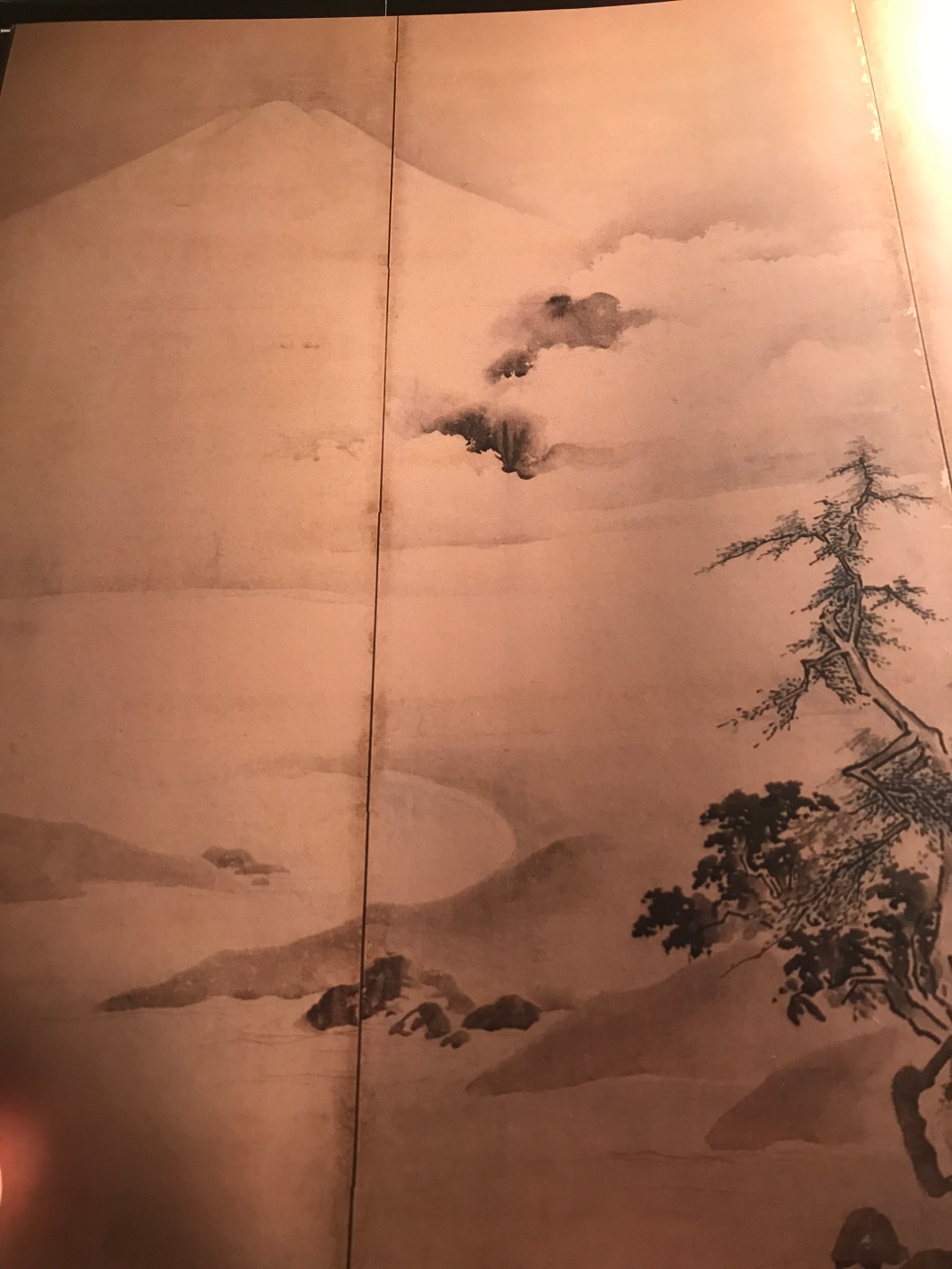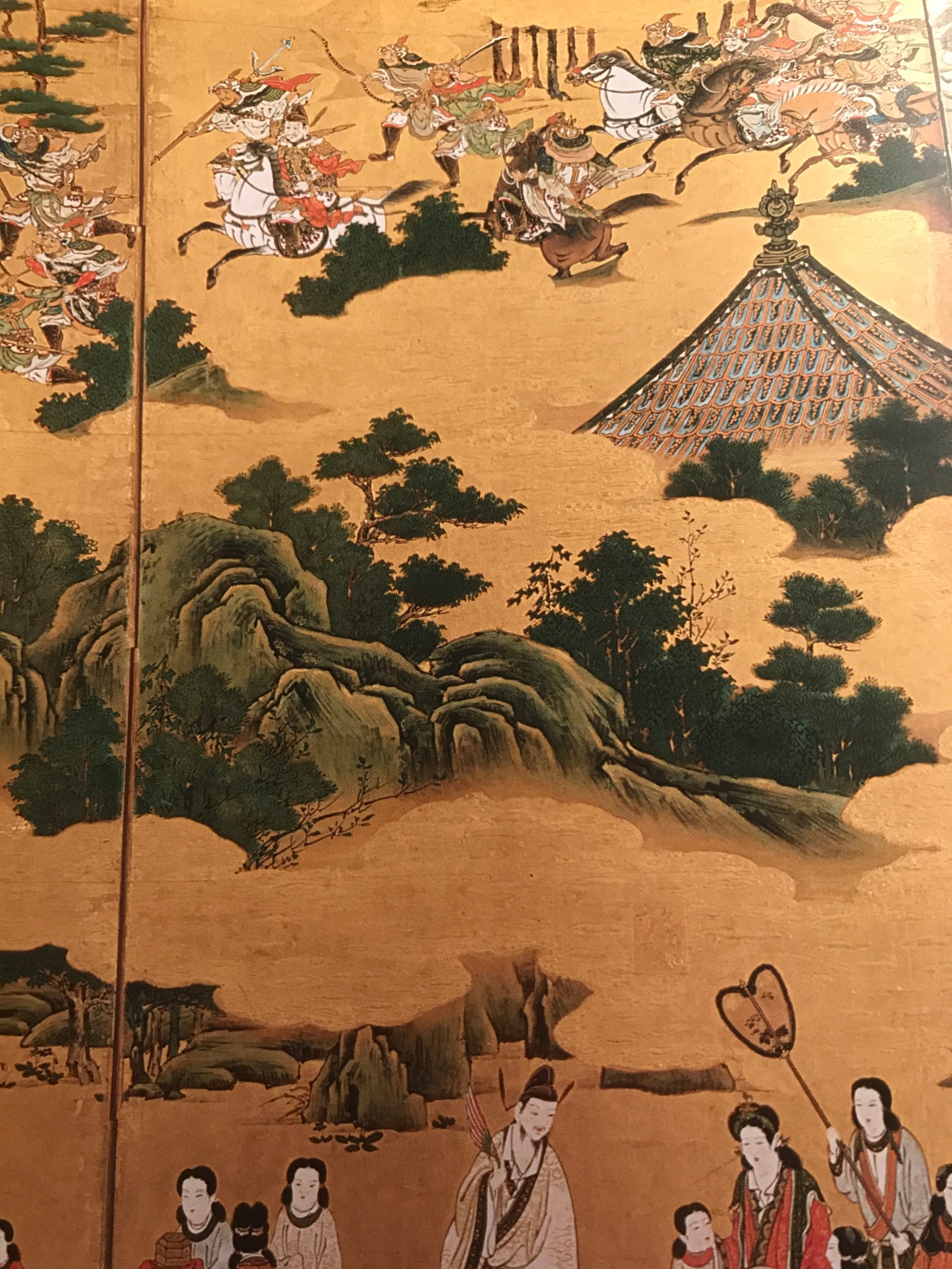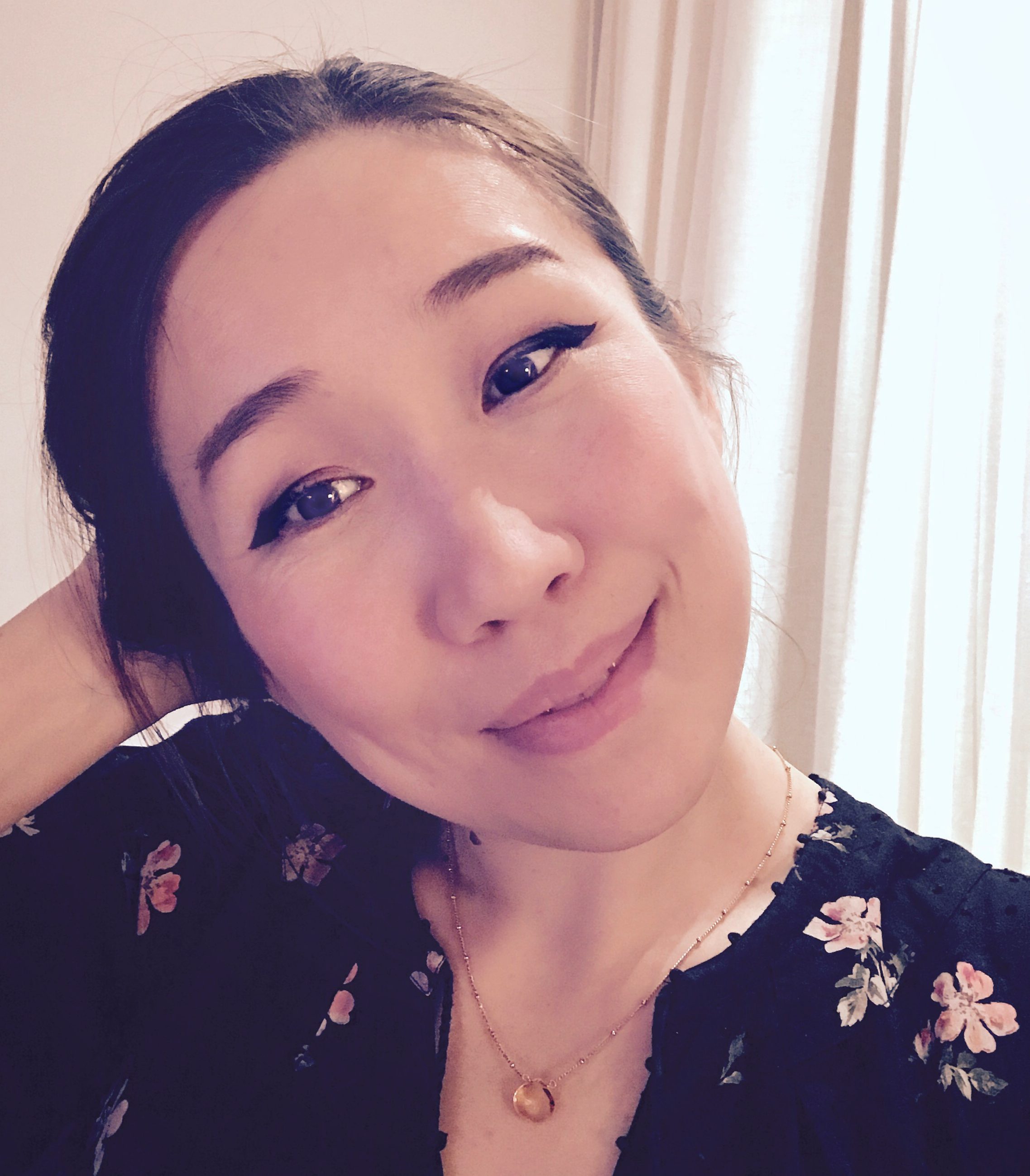Today I have visited Metropolitan Museum of Art in New York, which is just wonderful place to go to any human being:) because the artwork exposed at MET touches everyone’s soul and warms everyone’s heart. You really feel the power of beauty – it is tranquil and mighty. After spending a half an hour, I think anyone do find his or her ZEN moment which can be easily prolonged up to 3-5 hours in the Museum. I have visited Asian Arts part, checking on Japanese, Chinese and some Indian artwork. The purpose of my reaserch was to compare the Japanese Kano School Masters style and Chinese artsists’ style. Even though we know that Japanese artwork has evolved from copying Chinese pieces, there is a difference. I compared landscapes. I will try to formulate what I think about that:
1) Chinese Masters tended to paint and draw strong, dynamic cloud-like forms. Japanese Masters painted clouds in a different manner which can be described as more decorative or intentionally styled, as a result Japanese cloud like forms do look less powerful and look a bit flat, but as a paradox, I think, this flatness brings the elegance and enhances the decoration effect of the painting. It happens also because Japanese Masters used lot of gold colour as a base of the painting and even if you check on works done with ink – Japanese clouds are much calmer and softer. Moreover, sometimes Japanese artists did styled clouds so much, giving them unnatural oval elongated shape ( there is a photo below). Meanwhile Chinese cloud forms do pass that powerful energy of nature. On Japanese paintings strong clouds almost never exist, regardless whether it is a gold screen or ink on paper.
2) Colors are different. Chinese’s masters preferred to use vibrant green which has lighter shade of green comparing to Japanese whose green was always very rich and deep, much darker tone of green.
3) Japanese masters really liked fog – which really softened the mood in most of their paintings. I guess this happened. because of decorative purposes of their artwork and its’ large scale -it was a deliberate approach to “calm down” the image – picture of landscape, otherwise it wouldn’t feel comfortable to be in the room and being surrounded by very powerful paintings which would bring some chaos of nature, which was very common for Chinese paintings of landscapes.
4) Brushstrokes are different also. I find brushwork of Chinese Master as very powerful, strong, more direct and chaotic comparing to Japanese Masters’ who did prefer and practise precision in their super accurate, perfectionist style. Chinese brush work is definitely more dynamic.
To illustrate abovementioned, I bring below some photos of Chinese and Japanese paintings of XVI -XVII century. Photos of Chinese paintings are from MET, photos of Japanese paintings – from the book “Ink and Gold: Art of the Kano”.
Kano Tan yu ( Japanese) 17th century Detail of Mount Fuji – 2 photos below


The photo below: Japanese painting with elongated oval clouds: Kano Motonoby ( 16th century)

The photo below: Chinese unknown master.


The photo below: Gu Fuzhen ( 1634-1716) “ The Road to Shu”

Kano School ( Japan) Detail of “Song of Everlasting sorrow”, early 17th century

